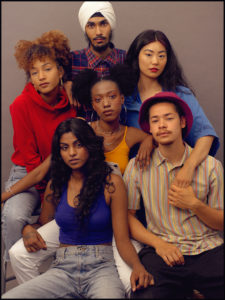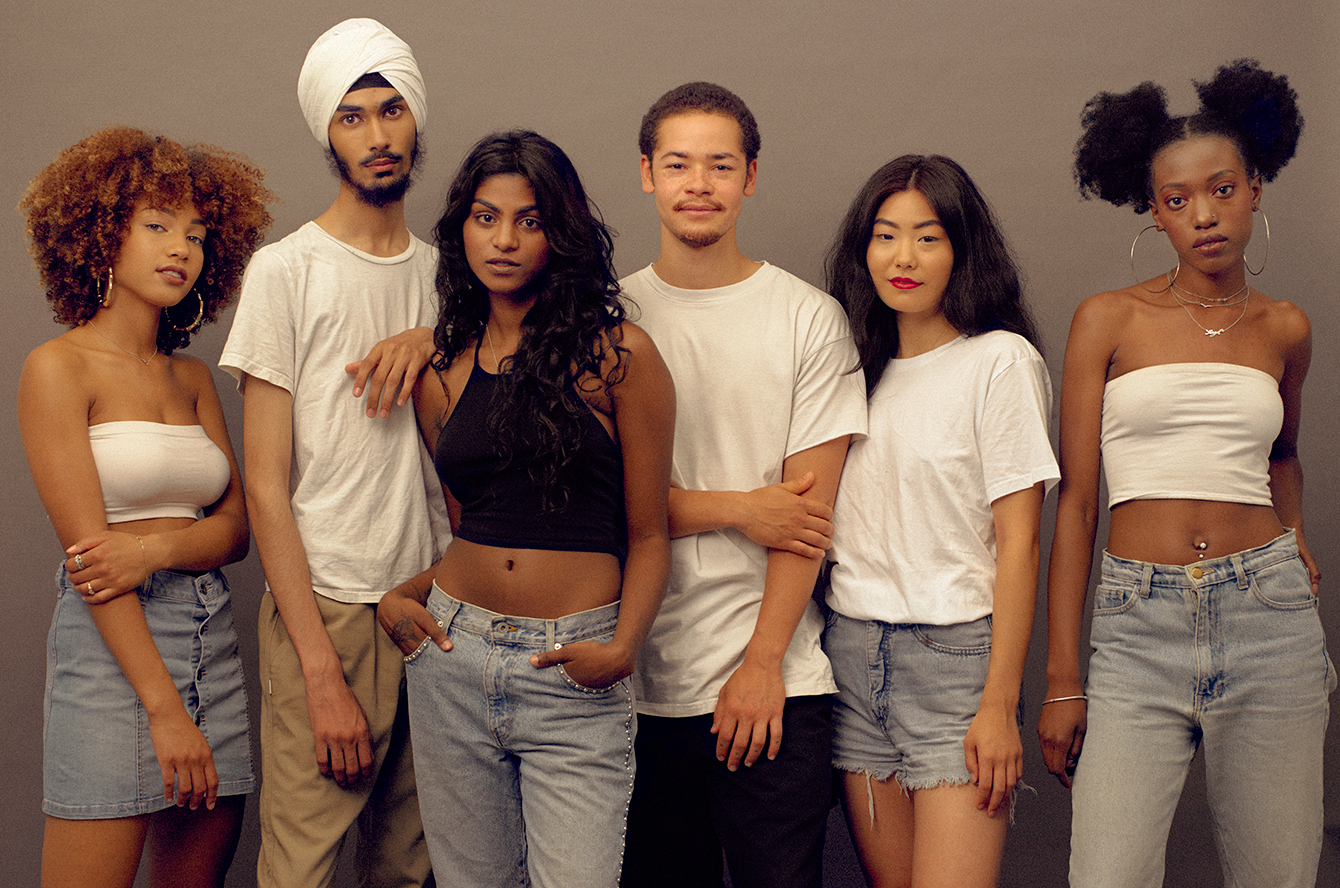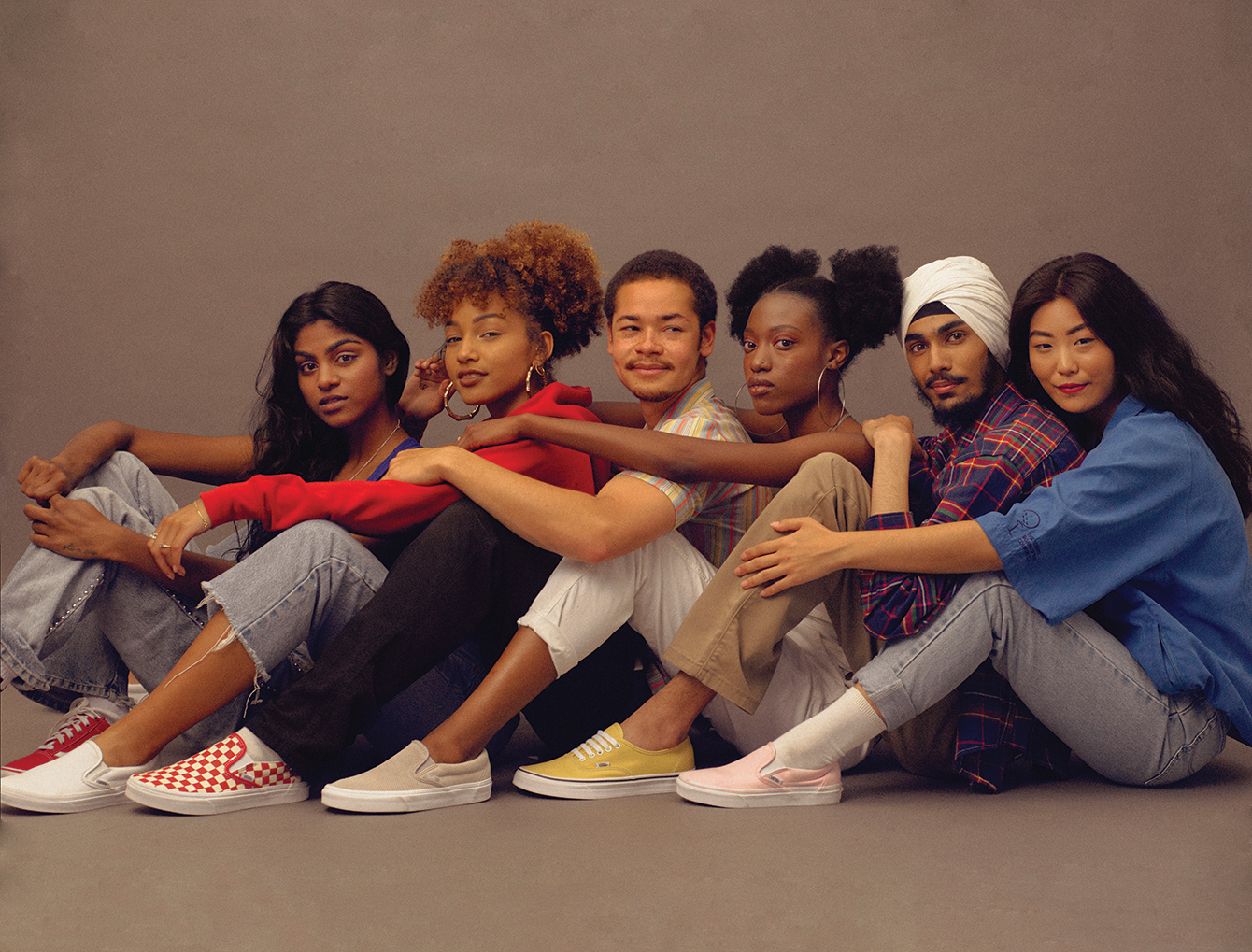 In fashion campaigns, it’s rare to see images that reflect many of the consumers who give the brands their hard-earned dollars. Sightings of models who are non-white, larger than sample size, trans, or gender non-conforming are rare enough that the occasional appearances on the runway and in ad campaigns still garner headlines and applause.
In fashion campaigns, it’s rare to see images that reflect many of the consumers who give the brands their hard-earned dollars. Sightings of models who are non-white, larger than sample size, trans, or gender non-conforming are rare enough that the occasional appearances on the runway and in ad campaigns still garner headlines and applause.
It’s often hard to gauge whether casting diverse models is a publicity stunt or out of a genuine desire to reflect the diversity of representation-seeking consumers with money to spend. Although progress is slowly being made, many claim that change is not happening fast enough.
According to the Fall 2017 Diversity Report released by the Fashion Spot, a seasonal examination of diversity during Fashion Month across New York, London, Milan, and Paris, 72 percent of models who walked the runways were white while 28 percent were women of colour.
Twenty-eight-year-old Nafisa Kaptownwala is aiming to change that figure by helping brands showcase a diverse range of models through her agency Lorde Inc. If brands’ rationale for their oversight is that there simply isn’t a pool available to choose from, Kaptownwala’s roster proves that the argument is dubious.

While living in London in 2014, she started her street casting agency by scouting people of colour on Tumblr and Instagram. Her models have been booked for fashion clients such as Kenzo, Adidas and Vans, beauty brands like Milk Makeup, and appeared in Frank Ocean’s 2016 “Nikes” video. Kaptownwala’s efforts have also been recognized and praised by publications like the Guardian and i-D. Her desire to form an agency that “reflected a plethora of beautiful people of colour” was born out of a need to see people like her and her friends more visible. “Honestly, I wasn’t even thinking about bigger agencies and offering something alternative to them. I wasn’t on a business wave like that,” she shares. “I mostly just wanted a way to big up these people, and resist feeling invisible.”
Kaptownwala’s efforts have paid off and led to a roster expansion that now represents models in Toronto and New York.
Although there are advantages to being one of the only agencies that specializes in offering models of colour, the road is still bumpy. “Commercial clients love us because they’re always looking for ‘real people’ for ads,” she says. “When it comes to fashion, we’re favoured by avant-garde clients who are willing to take risks and use unconventional models. Mainstream fashion clients don’t know what to do with us.”

The work also comes with some personal challenges for Kaptownwala who quickly had to learn how to navigate power and have her voice be heard. “When you grow up poor, in a poor community, it’s hard to know how to act in corporate settings. I was never really taught how to talk or how to dress, so having to understand that and then learning how to have a voice has been a lot. I’m having to quickly learn how to own it,” she explains.
Cautious of saying that the recent shift in casting models of colour by major brands is a reflection of the industry fully committing to diversity, she sees hope through social media, which she thinks has played a huge part in diversifying campaigns and editorials. “Before social media, agencies would solely decide who got signed and featured in ads,” says Kaptownwala. “The Internet has played a huge role in making the shift happen, and we’re going to continue doing our thing to keep challenging the status quo.”
Story by Samra Habib
Photos by Justin Aranha These images were originally created for VICE.com, as part of the Unbound program in partnership with Vans.
